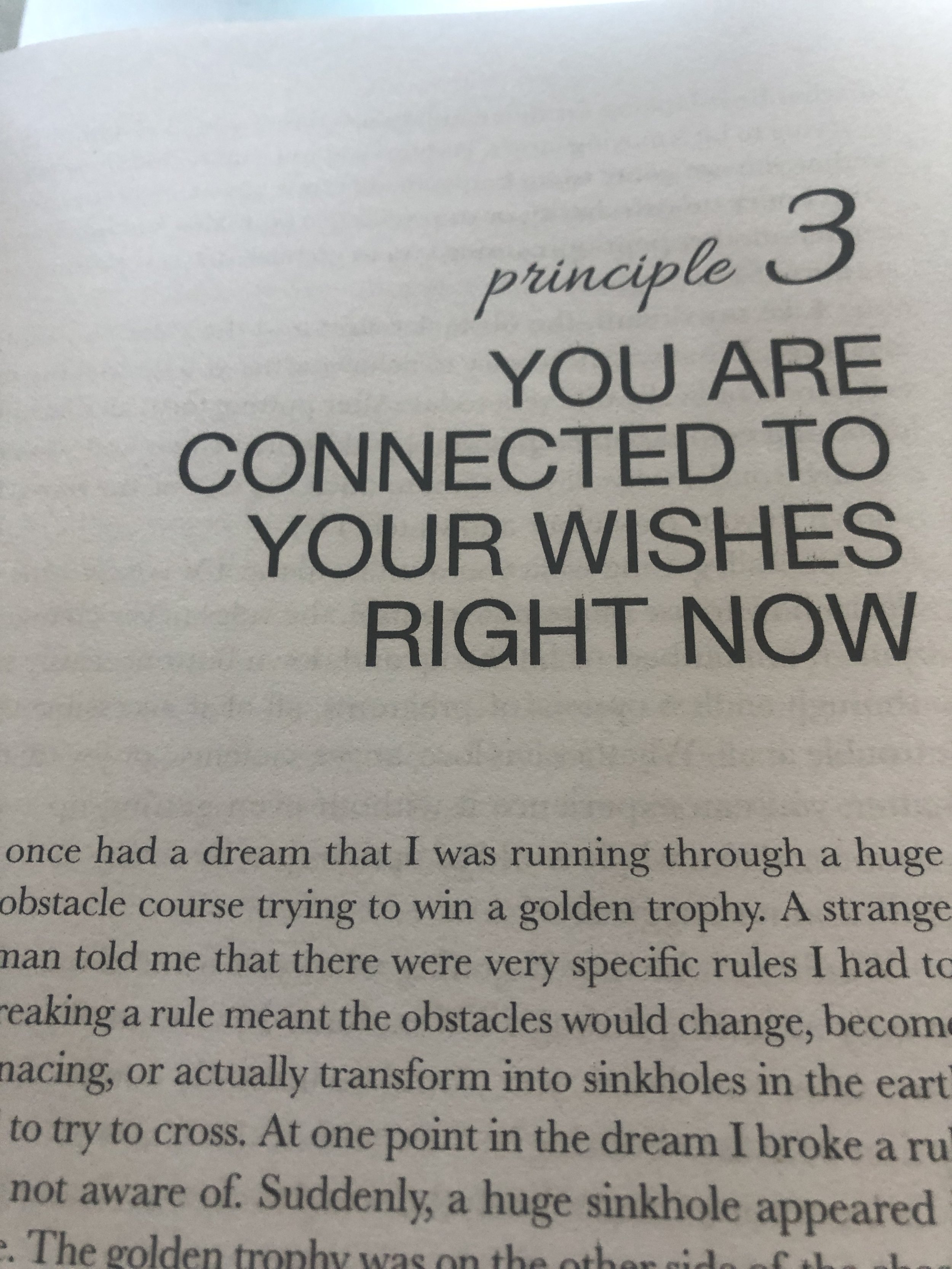
You are connected to your wishes right now.
There are times when we struggle…and struggle…and STRUGGLE for a goal...we keep running towards it, but, like a bad dream, it seems farther and farther away.
Because of that, it’s hard to believe that we are truly connected to all our dreams right now, but it’s true. In fact, science has a whole lot to say about it: - Find out how to finally align with your wishes here…

Why It's Critical to Grieve When You’ve Lost Something You Love: 5 Important Steps to Letting Go to Stay Healthy and Whole
If you are alive today, you have experienced the pain of losing something or someone you love. We are often told to hold in grief or that our sadness is ridiculous, especially if we are grieving the loss of a beloved pet or a material object like a house or car. However, in my practice, I see very clearly that unexpressed and unresolved grief causes a host of health issues, from physical issues like high blood pressure and dry eye to mental and spiritual issues like depression, addiction issues, and all-over fatigue. Needless to say, it’s critical that you take the time to fully honor the grief process. Here’s how I did it with a recent loss…I hope it helps you, too.

Guess What? You Don't Need to Be Perfect to Be Worthy (Really)
When you hold yourself up to a perfect ideal, you are telling life that you do not deserve love, respect, or any other good thing unless you meet that ideal. Of course, it is impossible to be perfect, so you end up feeling like a failure because you never get what you want. The good news is that you can change this!

3 Ways to Stay Motivated - Part 1: Take Control of One Thing at a Time
So, you have decided to restore your health, find love, build a more successful business, or change your life. Awesome! You do research, come up with a plan, get all jazzed up and get going. It all goes great for a little while, until you hit a bump in the road - maybe a life emergency comes screaming in, maybe you get sicker, maybe you just aren’t seeing the results you were hoping for from your efforts.
And that is where you hit the wall - the motivation goes out the window, and you fall right back into your old ways.
So, how can you avoid this fate? How do you take it all in stride for the long haul so that you can have the success story you dream of?
